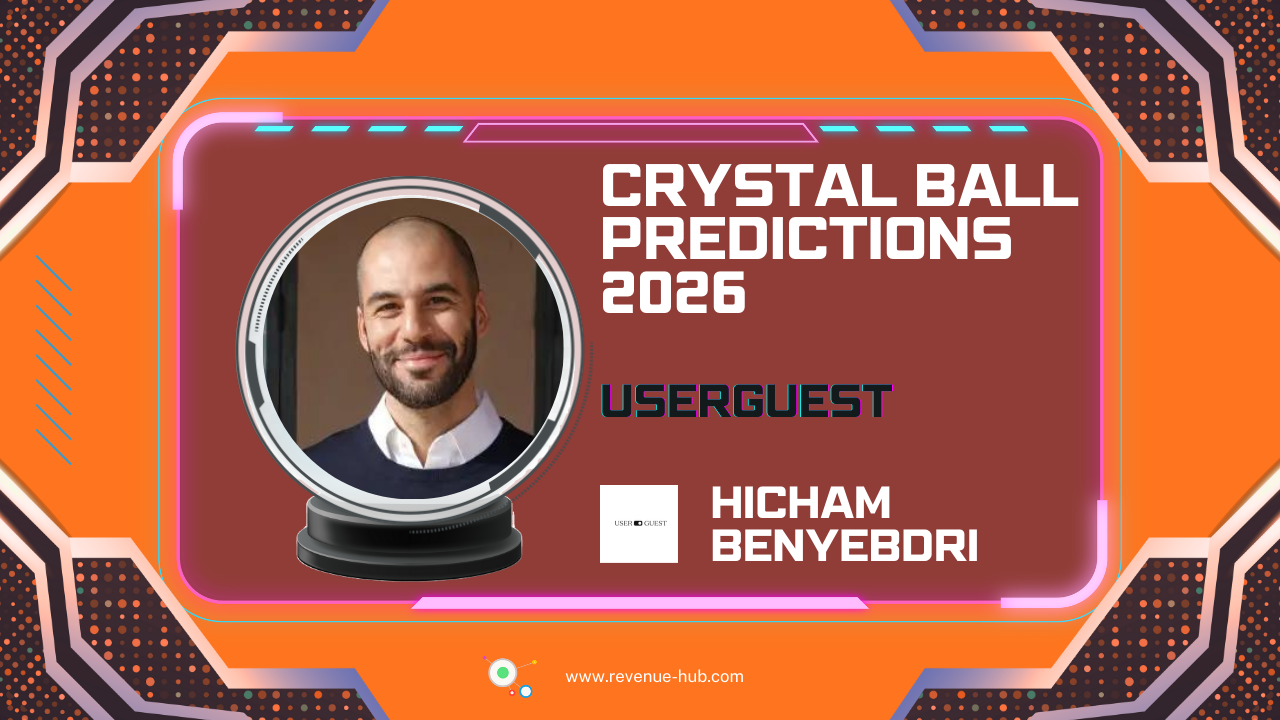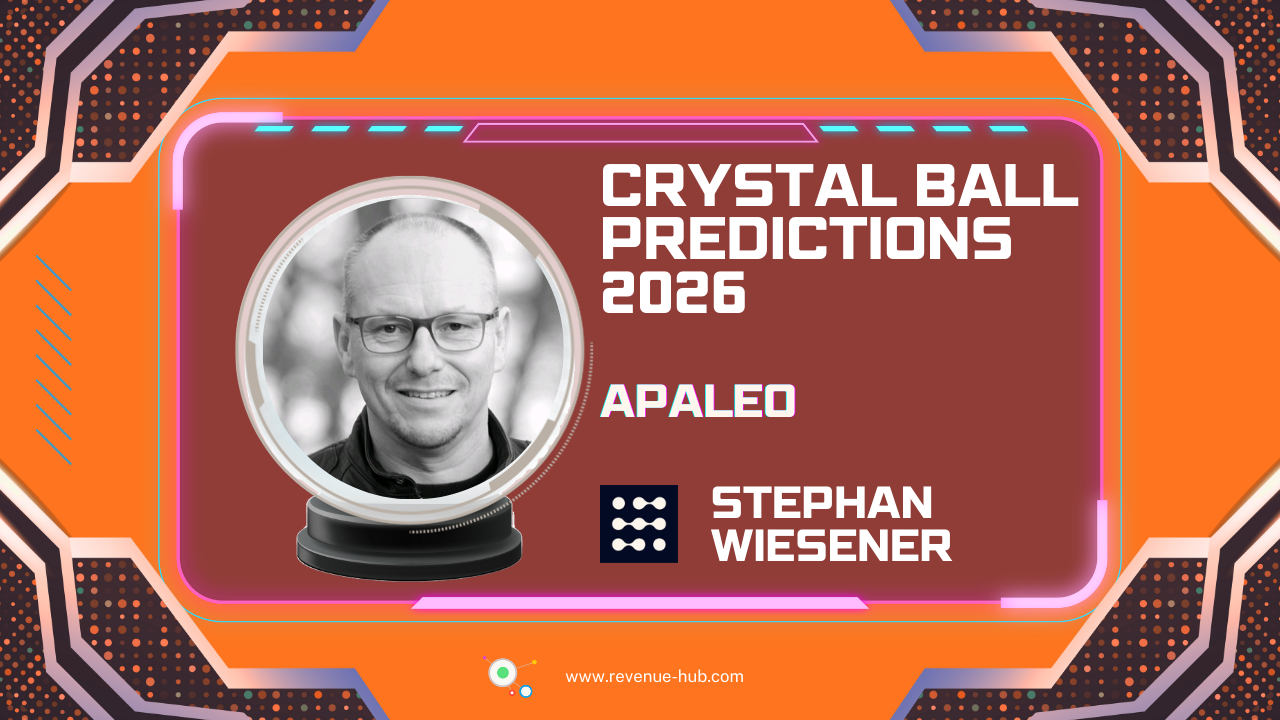
Hoteliers have traditionally evaluated performance based on a variety of metrics across the industry, the common denominator being hotel-collected revenue, most similar to P&L revenue. Hotel-collected revenue is not only used to calculate RevPAR and competitive index performance, it also forms the key basis for operator and hotel staff incentives. However, this figure does not capture a fully accurate view of a hotel’s performance. Hotel-collected revenue doesn’t account for what the guest actually paid, i.e., the markups associated with merchant-model OTA, opaque, and wholesale business, nor does it account for the transaction costs paid to acquire customers, i.e., channel costs, loyalty points, and retail commissions.
The growth in both guest-paid revenue and net revenue over the last few years relative to the growth of hotel-collected revenue illustrates this idea that the industry isn’t being shown true performance. Kalibri Labs has established metrics to show two forms of net revenue: COPE (contribution to operating profit and expenses) revenue—which excludes direct commissions and other transaction fees—and net revenue, which additionally excludes sales and marketing expenses.
While in previous years we have observed higher growth in guest-paid revenue as compared to hotel-collected revenue for the hotel industry in the U.S., in 2016, we saw the highest growth compared to the prior year in hotel-collected revenue. This shift from industry growth in guest-paid to hotel-collected is largely predicated on a shift in OTA payment models and thus reported revenue.
To put that seemingly small percentage (0.07 percent) difference between COPE revenue growth and guest-paid revenue growth into perspective, each 0.1 percent of growth is worth $142.5 million to the hotel industry. If hotels grew COPE revenue at the same rate as guest-paid revenue, they would have retained almost $100 million in additional revenue. That additional COPE revenue is net of transaction-related acquisition costs and is a direct benefit to the bottom line.




